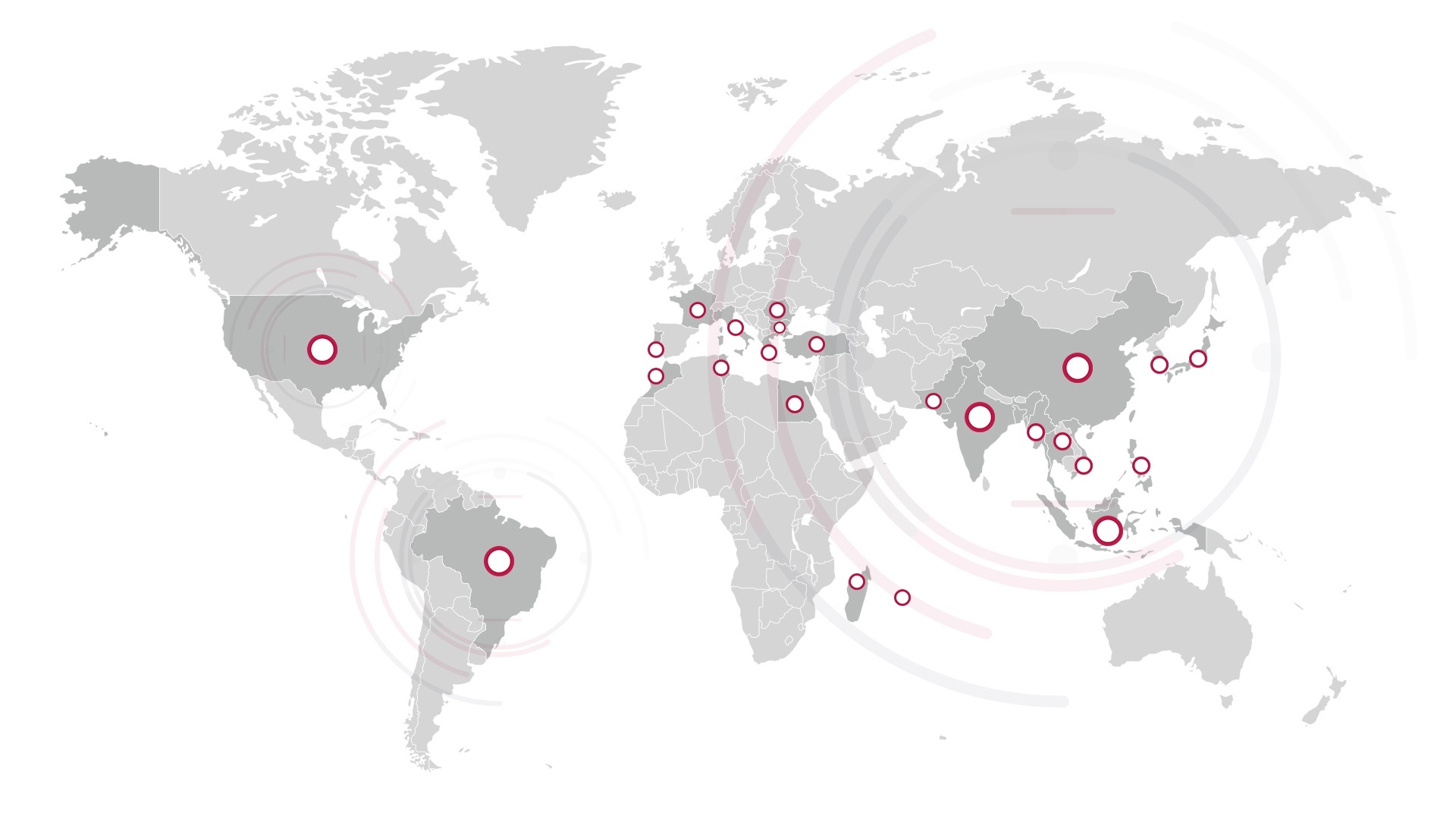The 4th annual State of Fashion report by the Business of Fashion and McKinsey & Company was released last month and reveals the 10 key trends that will shape the fashion industry in 2020. And among them sit the key topics of sustainability and raw materials.
10 Trends Influencing The Fashion Industry in 2020
Trend #1: On High AlertContinued caution is advised for the year ahead as mounting underlying turmoil could disrupt relations among both developed and emerging market economies.
|
Trend #6: Materials RevolutionFashion brands are exploring alternatives to today’s standard materials, with key players focused on more sustainable substitutes that include recently rediscovered and re-engineered old favourites as well as high-tech materials that deliver on aesthetics and function. |
Trend #2: Beyond ChinaChina will continue to provide exciting opportunities and play a leading role in the global fashion industry, but the colossal market is proving harder to crack than brands anticipated. |
Trend #7: Inclusive CultureConsumers and employees are putting increasing pressure on fashion companies to become proactive advocates of diversity and inclusion. |
Trend #3: Next Gen SocialAs traditional engagement models struggle on established social media platforms, fashion players will need to rethink their strategy and find ways to maximise their return on marketing spend. |
Trend #8: Cross-Border ChallengersEstablished fashion brands and retailers will face growing competition from new Asian challengers, as manufacturers and SMEs step out of their traditional roles and sell directly to global consumers. |
Trend #4: In the NeighbourhoodConsumer demand for convenience and immediacy is prompting retailers to complement existing brick-and mortar networks with smaller format stores that meet customers wherever they are and reduce friction in the customer journey. |
Trend #9: Unconventional ConventionsTraditional trade shows must respond to the increase of direct-to-consumer activity, shorter fashion cycles and digitisation by embracing new roles and fine-tuning their target audience. |
Trend #5: Sustainability FirstThe global fashion industry is extremely energy-consuming, polluting and wasteful. Despite some modest progress, fashion hasn’t yet taken its environmental responsibilities seriously enough. |
Trend #10: Digital RecalibrationValuations of digital fashion players have reached dizzying levels and, despite a slew of high-profile IPOs and private firms achieving unicorn status, investor sentiment is taking a turn for the worse. |
A Focus on Trend #5: Sustainability First
According to the report, sustainability has become one of the main challenges for the fashion industry, as well as presenting the biggest opportunity – particularly at a time when the topic is making headlines. Indeed, Generation Z (born between 1996 and 2019) is the generation most willing to pay more for products that have the least negative impact on the environment.
The report states that while consumers are more aware and curious about sustainability, they are still unsure of what it means or how to identify sustainable brands. Furthermore, there is a mistrust of brands by consumers who have accused them of greenwashing by using ‘sustainability as a marketing strategy without a significant positive impact on the environment.’
Different levels of maturity mean different needs. Some fashion brands might require help to understand where to start with sustainability while others might be looking to secure their image with concrete and verifiable improvements of their factories and product performance. With the support of an independent third party that can develop and verify the green credentials in their supply chain, brands can avoid accusations of greenwashing.
A Focus on Trend #6: Materials Revolution
Fiber technology and materials science are no longer ‘confined to specialists, sports and outdoor players and the margins of the fashion industry’, states the report.
In 2020, the industry will face a real materials revolution towards more sustainability, functionality, and e-textiles (such as 3D printing). Indeed, companies around the world are set to file eight times as many fiber innovation patent applications in 2020 as they did in 2013, according to McKinsey’s analysis. Some of the innovations include, for example, chip-containing fiber and alternatives to latex such as Piñatex.
Three main drivers are influencing this revolution:
- consumer demand for more sustainable fashion items that match their ‘digitally-enhanced lifestyles’,
- strict government regulations that require fashion brands to be more sustainable and respectful of the environment,
- rising demand for low-impact alternatives that are functional or sustainable or both.
Finally, the report reveals how this materials revolution leads to fundamental change in the fashion supply chain, such as:
- increased collaboration between start-ups, fiber companies, manufacturers, fashion brands and retailers,
- development of ‘centers of excellence’ with product technologists which will allow brands to gain an edge over the competition,
- more vertical integration by brands with in-house roles for tasks that were formerly handled by their supply chain,
- strong focus on functionality with fiber companies looking to reflect ‘digitally-enhanced lifestyles and changing consumer behavior’ in their products
New materials mean new challenges for fashion brands, among which is quality. As consumers’ evolving needs lead to higher expectations when it comes to their fashion items, brands should take into account the quality of their raw materials – particularly when we know that almost 60% of quality issues are linked with raw materials.
Contact SgT textile experts now to see how we can help you make the most of these 2020 trends!
Want to learn more about how SgT can assist you with raw materials? |
Want to learn more about how SgT can assist you with sustainability? |



